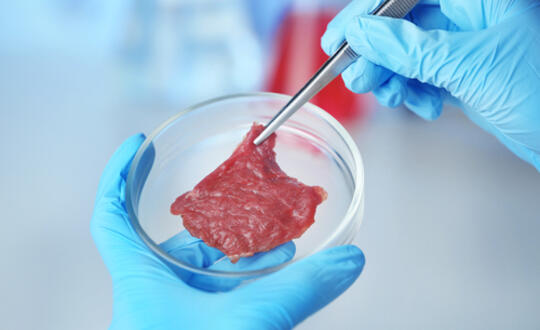Cell-Cultivated Meats: Nutrition, Safety, and Global Growth
Dec 15 2023
This article was authored by Melissa Ratliff, RN, BSN, Legal Nurse Consultant, and Christine Lawson, Partner.
You have probably heard that scientists around the world are searching for sustainable, climate safe ways to keep up with the steadily increasing demand for protein sources to feed the World’s population. According to the United Nations Food and Agriculture Organization (FAO) there are currently over 100 companies developing cell-based food products with many of these waiting for approval for commercial release.
With all of this hype about alternative food sources, have you found yourself asking, are these foods really safe for consumption? If so, then you are not alone. The FAO and World Health Organization (WHO) recently released the first ever global report on the safety of cell-based products in an effort to establish a regulatory framework and systems to ensure the safety of these products. A few health concerns raised in their report include:
So, are cell-cultivated meats safe to eat? The Food and Drug Administration (FDA) has approved the sale of cell-cultivated chicken by two companies – UPSIDE Foods and GOOD Meat. In Europe, several companies have begun the approval process for their cell-cultivated products. The FDA gave final regulatory approval for both UPSIDE Foods’ and GOOD Meat’s cell-cultivated chicken earlier this year indicating that the ingredients and processes used by those companies to produce their cell-cultivated chicken were deemed safe by the FDA. UPSIDE Foods has been very open about food safety concerns, even publishing data on heavy metal testing of its cell-cultivated chicken.
Because all cell-cultivated meat is created in laboratory, every aspect of its creation can be controlled in a fashion that is simply not possible with conventional meat. Animal cells used to create the meat can be analyzed to ensure superior genetics without deleterious mutations. Every ingredient used in the growth medium for the cells can be strictly controlled. Meat can be created in a sterile environment without the need for antibiotics used in live animals. The fat, protein, and nutrient content of the finished meat can be engineered in a manner not possible with traditional meat. In some ways, cell-cultivated meat would seem to present fewer health hazards than traditional meat. Nonetheless, consumer perceptions may remain a more formidable obstacle than regulatory hurdles.
Consumer perceptions aside – cell-cultivated meat products are here to stay and poised to grow in acceptance. GOOD Meat’s cell-cultivated chicken was listed amongst Time Magazine’s Best Inventions of 2023. The more than 100 companies working on their own cell-cultivated products are already producing data to regulators regarding the safety of their products. It is certain that the safety of any cell-cultivated meat product will have to be evaluated and approved by regulators before it can be purchased by the public. We will continue to monitor the growth of this evolving industry and update this post as needed.